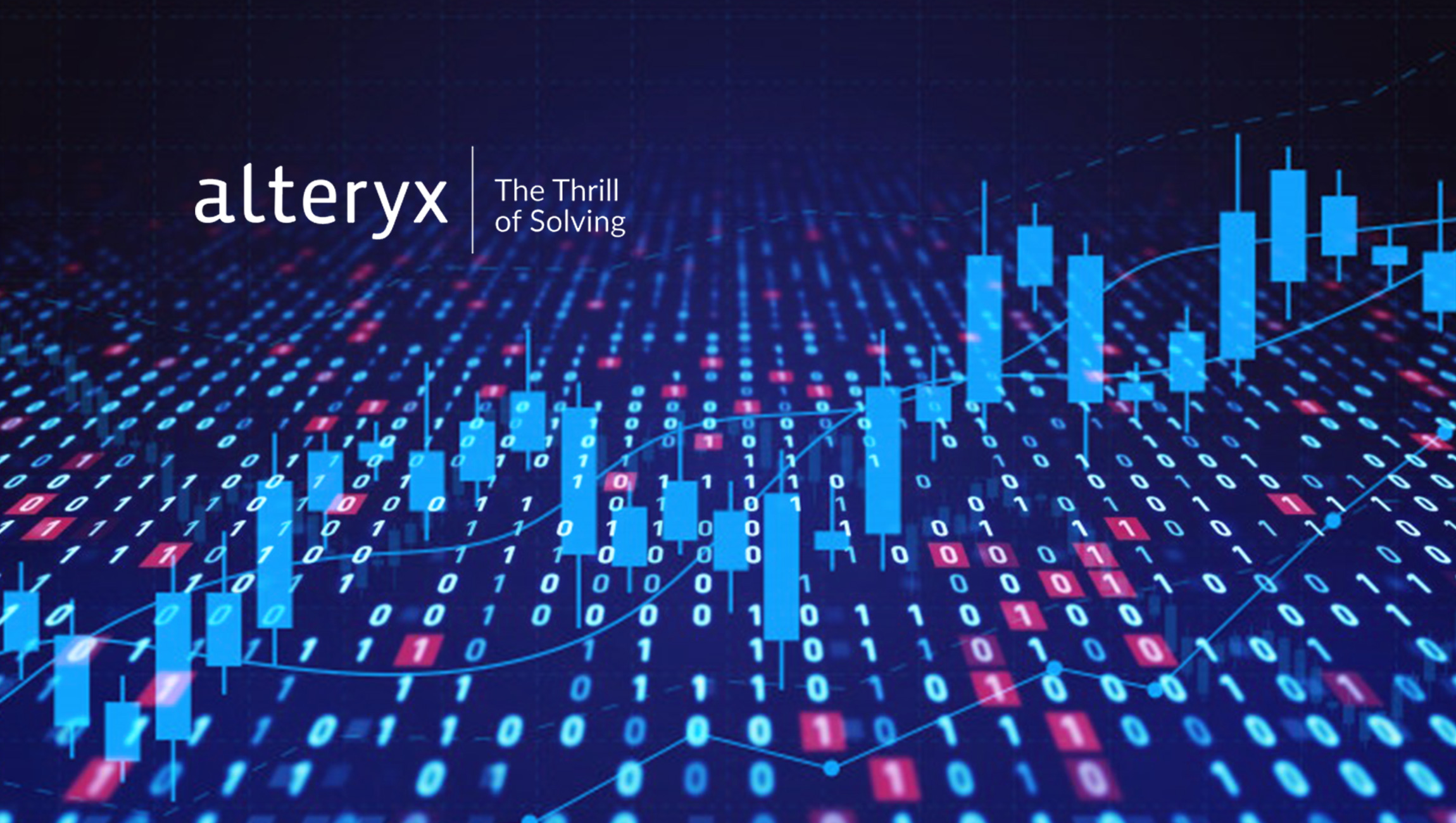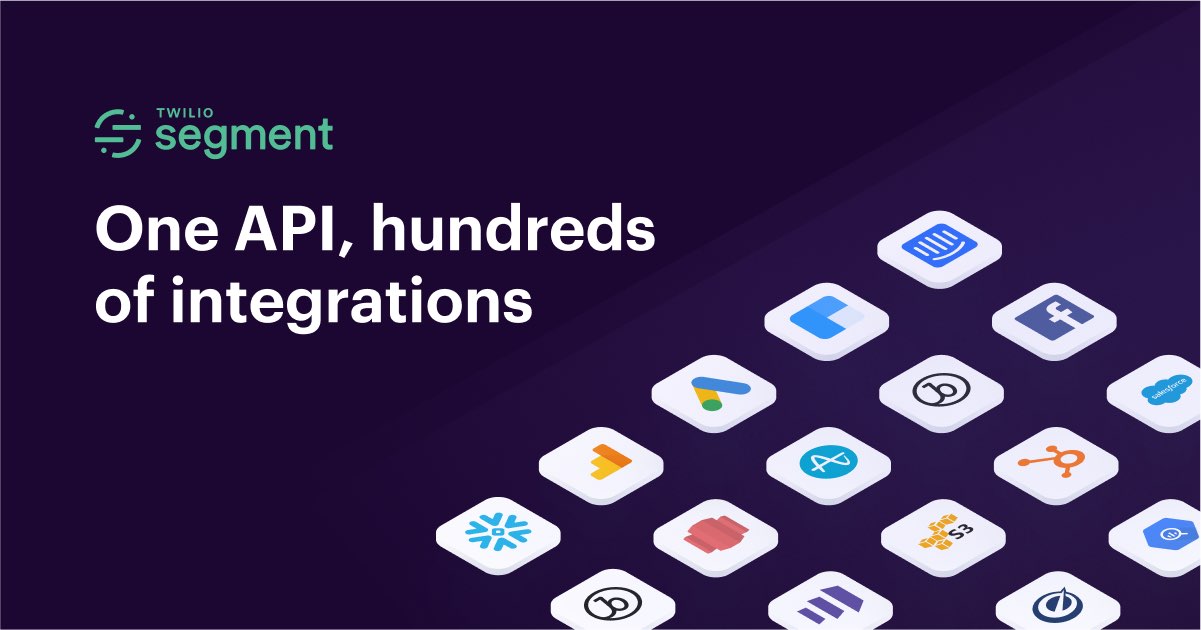As technology becomes embedded in our lives and in the increasingly smart devices we surround ourselves with, the amounts of data being collected have sky-rocketed. Whether or not good use is made of this digital resource depends on the user’s need — profit, wellness, research, or engineering perfection.
This content hopes to explore some common aspects of what a few years ago was termed “big data” (nowadays, perhaps just “data” is more accurate) and four providers of data processing, arbitration, and presentation technologies.
What becomes apparent quickly in examining today’s world is that there is little distinction between human and machine: both are sources of data, and consumers or users of it too. As humans, we interact with technology all day, creating streams of binary that map our positions, behaviors, attitudes, opinions, and tastes. The machines around us collect data and are attenuated by it, too — in the automated utility sub-station to the smart building.
There are practical and moral differences in the ways that we treat information according to how and why it’s used. Those stumbling blocks (technical or moral) appear both at the point of collection and at the point of use, too.
When IoT devices’ sensors produce information, for example, it can often be presented via specialist network protocols that may not be compatible with internet protocols. That’s a technical difficulty. When IoT devices are used as surveillance systems with facial recognition, the problem areas are motive and moral. Similarly troublesome is when the source of data is human — here we run into moral and technical difficulties around anonymization, privacy, and personal security, and whether our tacit acceptance of a technological service is confirmation that we are happy to be mined for information.
However, both machines and humans are data consumers as well as producers, with machines attenuated by data ingress and humans influenced, treated medically, entertained, and influenced.
On this site, we are concerned with the technology’s implementation details and outcomes of its use, rather than moral questions, and in this situation, we hope only to be objective with regards to the possibilities, not how the platforms featured might be used.
Technically speaking, between data capture and its final uses, there is a myriad of complexities around formatting, data cleaning, deduplication, sifting, analysis, anonymization, and enrichment. The following organizations play in that space. They are the data arbitrators that take the silicon-stored resources that underpin all aspects of life in 2021 and use them to create (or allow others to create) something greater than the data.
Whatever your data sources, and however you want to leverage that raw material, one of the following should be worth your serious consideration.
This Australian startup specializes in healthcare data — its collation, integration, analysis, and processing, to bring out hidden trends and patterns from clinical longitudinal (long-term) patient and disease data information from insurance claims, health surveys, administrative data and patient/disease registries, as well as “traditional” data sources like distribution and sales data, investment figures and other peripheral health-related commercial information.
It ingests, combines and analyzes the resulting large data sets to track (and therefore predict) outcomes, helps clinicians and pharma companies follow patient journeys, and identify critical junctures for treatment, or education, or both.
It has dedicated statistical analysis baked in under the hood, and rather than being a general-purpose data modeler and “digester,” all its algorithms are designed for the medical sector, from big pharma down to the individual clinician, by way of advanced medical research groups.
It’s already making clinical differences to many treatments and diseases all over the world, some of which you can read more about in our exclusive interview with the company’s CTO and co-founder and one specialist clinician who’s been using the platform in his own research activities.
Click here to go straight to Prospection’s website or keep an eye out for an upcoming article on the pages of Tech Wire Asia over the coming weeks, where we look much deeper at the Prospection platform’s capabilities and some of the personalities behind it.
Businesses are rapidly waking up to the realization that they have significant yet often untapped resources at their disposal – data.
In some cases, the gigabytes have been accrued deliberately. But often as not, thanks to the nature of modern life, information is gathered via the tools and platforms we all use every day in our working and private lives.
But whatever its source, Alteryx is there to help companies leverage maximum value out of the multiple data sources in the enterprise.
The company’s platform ingests data from apps and services in-house and from clouds and uses advanced techniques to extract information from documents too. That raw resource is then cleaned intelligently, from where it can be passed to different systems like automation applications or even Al/ML algorithms.
Analysis and diagnostic data are used constantly, whether operationally in daily business practice or presented in multiple formats in report forms. Alteryx integrates well with data presentation packages, as well as RPA-style applications, allowing the organization to maximize its efficiency through automation.
Sitting in the middle ground between fully functional RPA and a data layer abstraction system, this is a unique proposition. You can read more about Alteryx and arrange a demo by clicking through directly.
Part of the Twilio brand, Segment’s specialism is in how people use and interact with websites and apps published by a company or organization. These quickly accrue, with many thousands of public-facing instances of apps and services commonplace in large organizations.
Marketing teams are presented with collated data from each interaction a customer has with the organization’s online portfolio – every tap, click, link and choice can be fed back and acted on. Behaviors and patterns can be used to develop new touchpoints with customers and customers to be — building a brand online is made from this type of two-way data flows.
As well as presenting new opportunities for cross-selling at each digital touchpoint, the same information can be used in the creative formulation of new online assets.
Production teams learn what would be the most effective approaches to take for new apps and services while under the hood, similar data informs DevOps professionals’ engineering efforts.
Segment uses open APIs from online assets and the rest of the enterprise’s systems to pull, collate, and add value to data. Data queries are pre-scripted and designed to be specific to the enterprise’s specific functions.
To learn more about Twilio (the parent company), click here, or Segment’s demo registration page is also an option.
The Sisense data platform is an open solution built on Linux-based cloud technologies that let companies analyze complex data sets simply and easily.
Developers can use a range of tools from SQL queries to custom scripting in multiple languages (SDKs are available to query data quicker than manually patching tools together), plus there are higher-level query methods plus the ability to display findings in different ways.
The platform ships with ML routines ready to deploy, so setting up learning phases of Al is remarkably simple, and organizations reach their results more quickly and easily — there is even a low-code environment where line-of-business experts can conceptualize data transforms graphically.
With APIs and extensive documentation, the Sisense platform makes sense for organizations that need data science done quickly and with less outlay than might have been expected even a couple of years ago. While investment in data professionals is always a good investment, the employment market for suitably qualified individuals is an employee’s market at present, and Sisense is a compelling alternative to more hires in difficult times.
To learn more about Sisense, step through to the developer portal of the company’s website for a practical and hyperbole-free run-down of what is on offer.
Source: echwireasia














